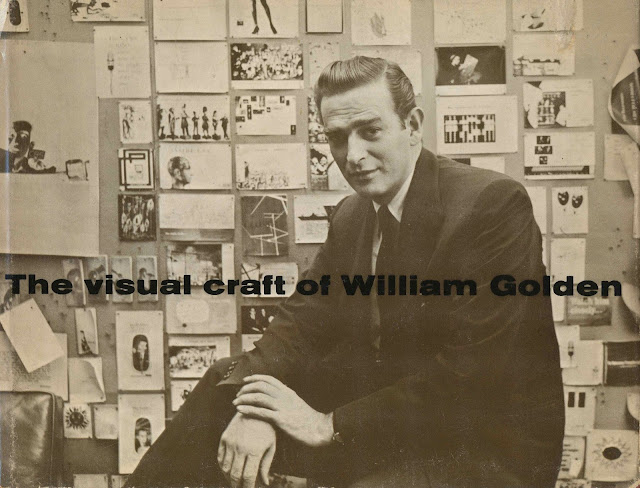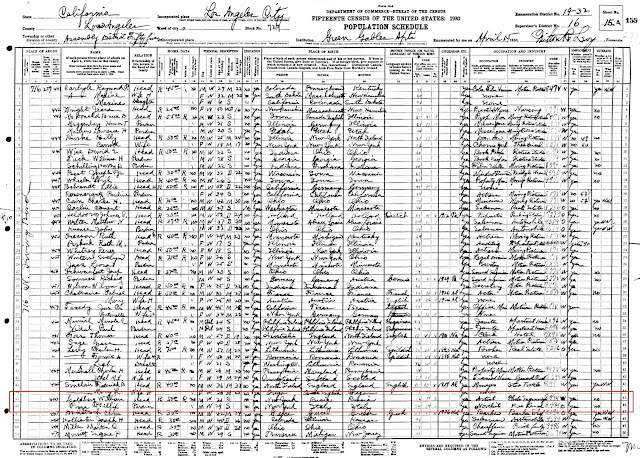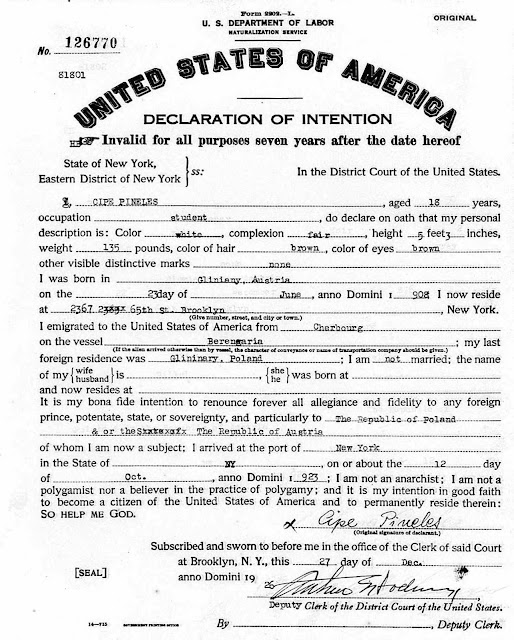An option granted to M. F. Agha to purchase 2,000 shares of common stock of Conde Nast Publications, Inc., at $5 per share, which expired by its terms on December 31, 1939, has been extended to December 31, 1941.
Dr. M.F. Agha—floating kidneys and sliced Bodoni—One of the real pioneers of modern design in advertising and publishing, Dr. M. F. (for Mehemed Fehmy) Agha now to a consulting art director to a number of publications, advertising agencies and retail stores. Born in Russia of Turkish parents, he says he speaks “four languages well and three badly.” He has written many articles and delivered many lectures on photography, typography and the graphic arts. A past president of the Art Directors Club of New York, he was one of the founders of the National Society of Art Directors.
. . . The AIGA Institute Medal was presented to Mehemed Fehmy Agha. consulting AD and former president of AIGA, by Ilka Chase at AIGA’s 43rd annual meeting . . .
Miss Caroline Hunter of Trinity Pass, long a resident of Pound Ridge, has sold her home to Dr. M. F. Agha of New York. Ruggles Barnard was the broker in the sale.
A closer look at the low quality image showed 21 was actually 31. There was a transcription error in the database. William Goldberg was born on March 31, 1911.
The obituary named Golden’s surviving siblings: Abraham, Herman, Joseph, Murray, Max, Michael, and Clara. Those names closely match the Goldberg family in the 1910 United States Census. Murray and Herman were Morris and Hyman.
In the 1961 book, The Visual Craft of William Golden, is a profile of Golden. He grew up in Manhattan’s Lower East Side and was the last of twelve children. According to Nine Pioneers in American Graphic Design (1989), Golden’s parents were “Aaron Golden” and “Tobia Entin Golden”. The 1910 census said the father was Harry, who would be Aaron in later census enumerations. Tobia’s name also changed. The Goldberg family resided at 328 East 8th Street. The census listed eight children. Golden was born the following year.
The 1925 New York state census recorded the Goldbergs in the Bronx at 966 East 181st Street. Visual Craft said Golden attended the Vocational School for Boys (138th Street and 5th Avenue) where he learned photo-engraving and basic graphic design. Sometime in the late 1920s he moved to Los Angeles, California.
Visual Craft said
… A few years later he returned to New York where he became a member of the promotion department of the Journal-American.
The turning point of his career came when his talents were spotted by Dr. M. F. Agha, the noted Art Director of Conde Nast publications, who invited him to join House and Garden. After serving an apprenticeship under Dr. Agha who, in Golden’s own words “. . . forced the people who worked for him to try constantly to surpass themselves,” he left in 1937 to join the Columbia Broadcasting System. Three years later he was appointed Art Director of CBS.
Visual Craft said
… In 1942 Golden took a leave of absence from CBS to work in the Office of War Information in Washington, D.C., and a year later entered the United States Army as a private. After serving as Art Director of Army training manuals in Washington and, later in Europe, with the Army’s Education and Information Division, he was discharged in 1946 with the rank of Captain. He resumed work at CBS, and in 1951 became Creative Director of Advertising and Sales Promotion for the CBS Television Network.Golden passed away on October 23, 1959, in Stony Point, New York.
Advertising Requirements, June 1959, “Typographic Design Is Not Art!”
Art Direction, December 1959
Industrial Design, January 1963, Ralph Caplan review of The Visual Craft of William Golden
Rochester Institute of Technology
A Few Details About Will Burtin
Will Burtin was born Wilhelm Buertin on January 27, 1908, in Cologne, Germany, according to his Declaration of Intention naturalization application and World War II draft card. His Social Security application has the seventh as the birth day.
On July 6, 1938, Burtin and how wife, Hildegard, departed on the steamship Statendam from Rotterdam, Netherlands. They arrived at the port of New York on July 13.
Burtin started the naturalization process on November 25, 1938.
The Brooklyn Eagle (New York), September 24, 1939, reported Burtin’s appointment.
2 Instructors Added to Pratt Art School
Two additional appointments to the faculty of the Pratt Institute School of Fine and Applied Arts were announced yesterday by James C. Boudreau, director of the school.
... Will Burtin will become an advertising design instructor in day and evening sessions at the institute. Mr. Burtin designed the official souvenir book of the New York World’s Fair and was also the' designer of the WPA exhibit at the Fair.
The 1940 United States census recorded Burtin and his wife in Manhattan at 15 West 97th Street. He was a self-employed commercial artist.
On October 16, 1940, Burtin signed his World War II draft card. His address was the same. Burtin was an instructor at Pratt Institute in Brooklyn. He was described as six feet four inches, 206 pounds, with brown eyes and hair. Burtin’s veteran’s file, at Ancestry.com, said he enlisted in the Army on July 14 and August 4, 1943 and was discharged on October 6, 1945.
According to the 1950 census, Burtin, his wife and daughter, Carol, resided at 13 West 106th Street in Manhattan. He and his wife designed for dress businesses.
Will Burtin contributed “Trademarks/Tradenames” to the 1952 book, Seven Designers Look at Trademark Design.
In 1953, the Burtin family visited Rio de Janeiro, Brazil.
The New York World-Telegram and Sun, April 10, 1959, reported Burtin’s return to Pratt Institute.
Pratt Institute Names Designer
Will Burton, designer consultant, has been appointed professor of Design at Pratt Institute, president Robert F. Oxnam has announced.
Dr. Oxnam also announced that Mr. Burtin would become head of the department of visual communications, formerly the department of advertising design, at the beginning of the next academic year. Mr. Burtin served on the Pratt faculty from 1939 to 1943.
Will Burtin, designerMemorial services were held Saturday at the Church Center for the United Nations for Will Burtin, 64, the internationally noted designer who lived in Stony Point. He died Tuesday at Mt. Sinai Hospital after a brief illness.Winner of the 1971 Gold Medal of the American Institute of Graphic Arts, he had recently been appointed research fellow in visual and environmental studies of the Carpenter Center for Visual Arts at Harvard University hut was unable to assume the post because of illness.At his death he was designing an exhibit for the United Nations Conference on Human Environment to be held in Stockholm in June.Burtin was one of the foremost exponents in this country of the principles developed during the twenties and thirties in Europe by architects and designers such as LeCorbusier in France, Mies van der Rohe in Holland and the Bauhaus group in Germany. His application of these principles to problems of mass communication brought him worldwide fame and attracted many students and disciples.He received his early training in Germany and came to this country in 1938. One of his first commissions here was to design all the exhibition units of the Federal Pavilion at the 1939 New York World’s Fair.Surviving are his wife, Cipe Pineles Golden; a daughter, Mrs. Robert Fripp of Toronto; a sister, Mrs. Rosa Landsbeck of Cologne, Germany, and two grandsons.
Design and Science: The Life and Work of Will Burtin
Art Directors Club
Design Observer
Eye Magazine
Museum of Modern Art
Print, Will Burtin’s Seeing is Understanding Design
Rochester Institute of Technology
West Michigan Graphic Design Archives
Will Burtin, Communicating Knowledge Visually






































.jpg)

No comments:
Post a Comment